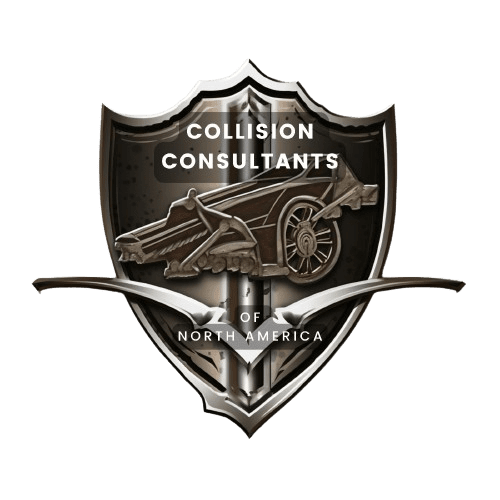What to Do After Your Car Is Declared a Total Loss

Posted on November 20th, 2025
A Step-by-Step Guide to Navigating the Process
Understanding a Total Loss
When your car is declared a total loss, it means the insurance company has determined that the cost of repairing your vehicle exceeds its actual cash value (ACV), or the car is so damaged it’s unsafe to repair. This situation can be stressful, but knowing the right steps can help you move forward efficiently.
Step 1: Review Your Insurance Policy
Start by carefully reviewing your auto insurance policy. Understand your coverage, deductible, and how the payout for a total loss is calculated. If you have gap insurance and your car is financed or leased, check how it applies to your situation.
Step 2: Gather Necessary Documentation
Prepare essential documents such as your vehicle title, registration, loan or lease paperwork (if applicable), and a government-issued ID. The insurance company will need these to process the claim and transfer ownership.
Step 3: Remove Personal Belongings
Before the car is taken away, remove all personal items from the vehicle. Don’t forget to check the glove compartment, trunk, under seats, and any other storage areas.
Step 4: Cancel or Transfer Services
Cancel your car’s registration with the Department of Motor Vehicles (DMV), return license plates if required, and notify your insurance company once the process is complete. If you have a toll transponder or subscriptions related to the car (such as satellite radio), cancel or transfer those services.
Step 5: Negotiate Your Settlement
Review the settlement offer from your insurance company. The payout should reflect your car’s actual cash value minus your deductible. Not a Low Ball offer. If you believe the ACV is too low, research comparable vehicles in your area and submit evidence to your adjuster to negotiate a fair settlement or Hire Collision Consultants of North America to get you the highest payout available that shows what your vehicle is actually worth.
Step 6: Address Loan or Lease Obligations
If you still owe money on the car, your lender or leasing company will be paid first from the insurance settlement. If the payout does not cover the remaining balance, gap insurance may cover the difference. Otherwise, you may need to pay the remainder out of pocket.
Step 7: Decide What to Do With the Vehicle
Once the settlement is finalized, the insurance company will usually take possession of the totaled vehicle. In some cases, you can choose to keep the car with a salvage title, but you’ll need to check local laws and understand the implications for insurance and future use.
Step 8: Shop for a Replacement Vehicle
Use your insurance payout to purchase a new or used vehicle. Take your time to research options, compare prices, and consider your needs and budget.
Step 9: Update Your Insurance Policy
Once you have a replacement vehicle, contact your insurer to update or renew your auto insurance policy to ensure continuous coverage.
Conclusion
Having your car declared a total loss can be overwhelming, but following these steps will help you navigate the process smoothly. Stay organized, communicate with your insurance company, and make informed decisions as you move forward.
Contact Us
Get in Touch
Ready to experience the expertise and advocacy of Collision Consultants of North America? Fill out our contact form today and let us guide you through the complexities of collision repair with precision, transparency, and a commitment to your safety and satisfaction.
